Navigating the Supplement Aisle: Understanding Labels, Doses, and Red Flags
Share
The supplement aisle can be overwhelming, with countless products promising various health benefits. To make informed choices, it's crucial to understand how to read supplement labels, determine appropriate doses, and identify potential red flags. At Suplab, we're committed to helping you navigate the world of supplements with confidence. This guide will equip you with the knowledge you need to make the best choices for your health and fitness goals.
Understanding Supplement Labels
Ingredient List
- Active Ingredients: These are the primary substances responsible for the supplement's effects. They should be listed clearly with their specific quantities.
- Inactive Ingredients: These include fillers, binders, and preservatives. While they may not contribute to the supplement's efficacy, it's important to be aware of them, especially if you have allergies or sensitivities.
Serving Size
- Dosage Information: The serving size indicates the amount you should take to achieve the desired effects. Pay attention to the number of servings per container to understand how long the product will last.
- Frequency: Some supplements require multiple doses per day, while others may only need to be taken once. Follow the recommended frequency for optimal results.
Percent Daily Value (%DV)
- Nutrient Intake: The %DV shows how much a nutrient in a serving of the supplement contributes to your daily diet. This helps you avoid overconsumption of certain nutrients, which can be harmful.
Expiration Date
- Shelf Life: Check the expiration date to ensure the supplement is still effective and safe to use. Expired supplements may lose potency and could potentially cause harm.
Certifications and Quality Marks
- Third-Party Testing: Look for certifications from reputable third-party organizations that test for quality and purity, such as NSF International, USP, or Informed-Choice.
- GMP Certification: Good Manufacturing Practices (GMP) certification indicates that the supplement was produced in a facility that adheres to strict quality standards.
Determining Appropriate Doses
Consult Healthcare Professionals
- Medical Advice: Before starting any new supplement regimen, consult with a healthcare professional to determine the right dose for your individual needs and health conditions.
- Personalized Recommendations: Healthcare professionals can provide personalized advice based on your age, weight, health status, and goals.
Follow Manufacturer Guidelines
- Label Instructions: Always follow the dosage instructions provided on the supplement label. These guidelines are based on research and are designed to ensure safety and efficacy.
- Adjust as Needed: If you experience any adverse effects or do not see the desired results, consult your healthcare provider about adjusting the dose.
Be Cautious with High Doses
- Toxicity Risks: Some vitamins and minerals can be harmful in high doses. For example, excessive vitamin A or iron can cause toxicity.
- Balanced Intake: Aim for a balanced intake that meets but does not excessively exceed your daily requirements.
Identifying Red Flags
Proprietary Blends
- Lack of Transparency: Supplements that use proprietary blends may not disclose the exact amounts of each ingredient, making it difficult to assess their efficacy and safety.
- Hidden Ingredients: Be cautious of products that rely heavily on proprietary blends without providing detailed information.
Exaggerated Claims
- Too Good to Be True: Be wary of supplements that make bold claims such as "cure-all," "miracle pill," or "instant results." These claims are often misleading and not supported by scientific evidence.
- Lack of Research: Check if the claims are backed by reputable scientific research. Reliable supplements often cite studies or clinical trials.
Unfamiliar Ingredients
- Research Ingredients: If a supplement contains ingredients you are unfamiliar with, do some research to understand their benefits and potential side effects.
- Avoid Unknowns: Avoid supplements with ingredients that lack sufficient research or have been associated with health risks.
Poor Manufacturing Practices
- Reputation Matters: Choose supplements from reputable brands with a history of quality and transparency. Research the manufacturer to ensure they follow good manufacturing practices.
- Consumer Reviews: Check consumer reviews and ratings for insights into the product’s quality and effectiveness.
Allergen Warnings
- Allergen Information: Pay attention to allergen warnings on the label, especially if you have known allergies to substances like gluten, soy, dairy, or nuts.
- Cross-Contamination: Look for products that are certified allergen-free if you have severe allergies.
Conclusion: Navigating the supplement aisle doesn't have to be daunting. By understanding how to read labels, determine appropriate doses, and recognize red flags, you can make informed choices that support your health and fitness goals. At Suplab, we prioritize transparency and quality to provide you with the best supplements available. Visit Suplab to explore our range of high-quality products and take the first step towards a healthier you.

